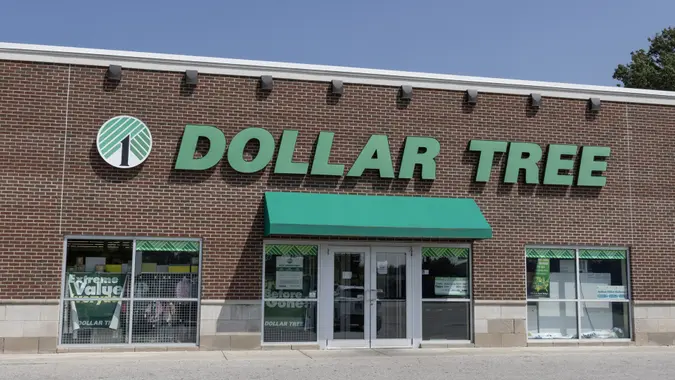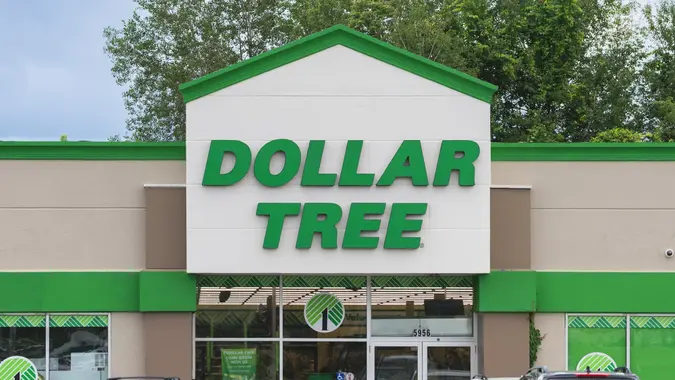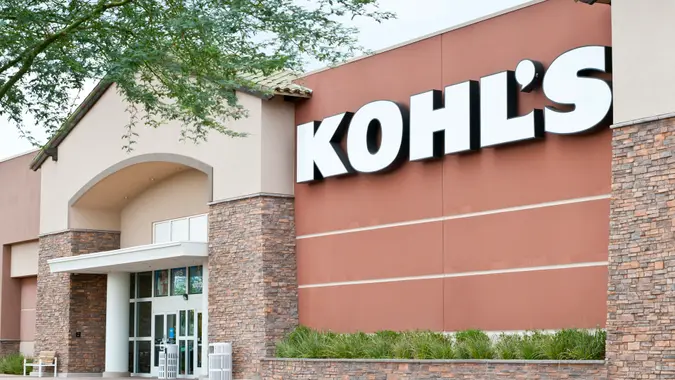Food Stamps: SNAP Benefits Could Be Adjusted in This State — Will It Lead to More?

Commitment to Our Readers
GOBankingRates' editorial team is committed to bringing you unbiased reviews and information. We use data-driven methodologies to evaluate financial products and services - our reviews and ratings are not influenced by advertisers. You can read more about our editorial guidelines and our products and services review methodology.

20 Years
Helping You Live Richer

Reviewed
by Experts

Trusted by
Millions of Readers
Food costs are higher in Hawaii than in any other state in the U.S. To improve access to food, the U.S. Department of Agriculture may potentially increase how much Supplemental Nutrition Assistance Program (SNAP) recipients receive in monthly grocery benefits.
SNAP, formerly called food stamps, provides monthly benefits to low-income households to help supplement their grocery budget. How much aid a household receives depends on income and how many people live in the home.
How much benefit will increase, or if they will at all, is unknown. According to a statement released by U.S. Senator Brian Schatz (D-Hawaii), the USDA will gather information throughout the state on the cost of food and how the program can better serve local communities through March 4.
“For many in Hawai’i, SNAP is a lifeline, helping families put food on the table. But to make sure this program continues to help those who rely on it, SNAP benefits need to keep up with the real cost of food across the state,” said Senator Schatz.
As of October 2023, Hawaii has the highest food costs across all 50 states, Newsweek pointed out. The average Honolulu resident pays $638.57 for groceries each month — $200 more than the national average of $415.53, per data from Move.org.
Every year, the USDA adjusts SNAP maximum allotments, deductions and income eligibility standards based on the cost of living. For 2024, Hawaii was the only location with a decreased allotment from the previous year. A family of four in Hawaii only sees a maximum SNAP allotment of $1,759.
After the initial phase of gathering information, the USDA may use this data to propose and finalize a new rule to ensure benefits take into account higher grocery costs for Hawaii residents. This could help make food more affordable for nearly 200,000 residents across the state who rely on SNAP.
 Written by
Written by 

























